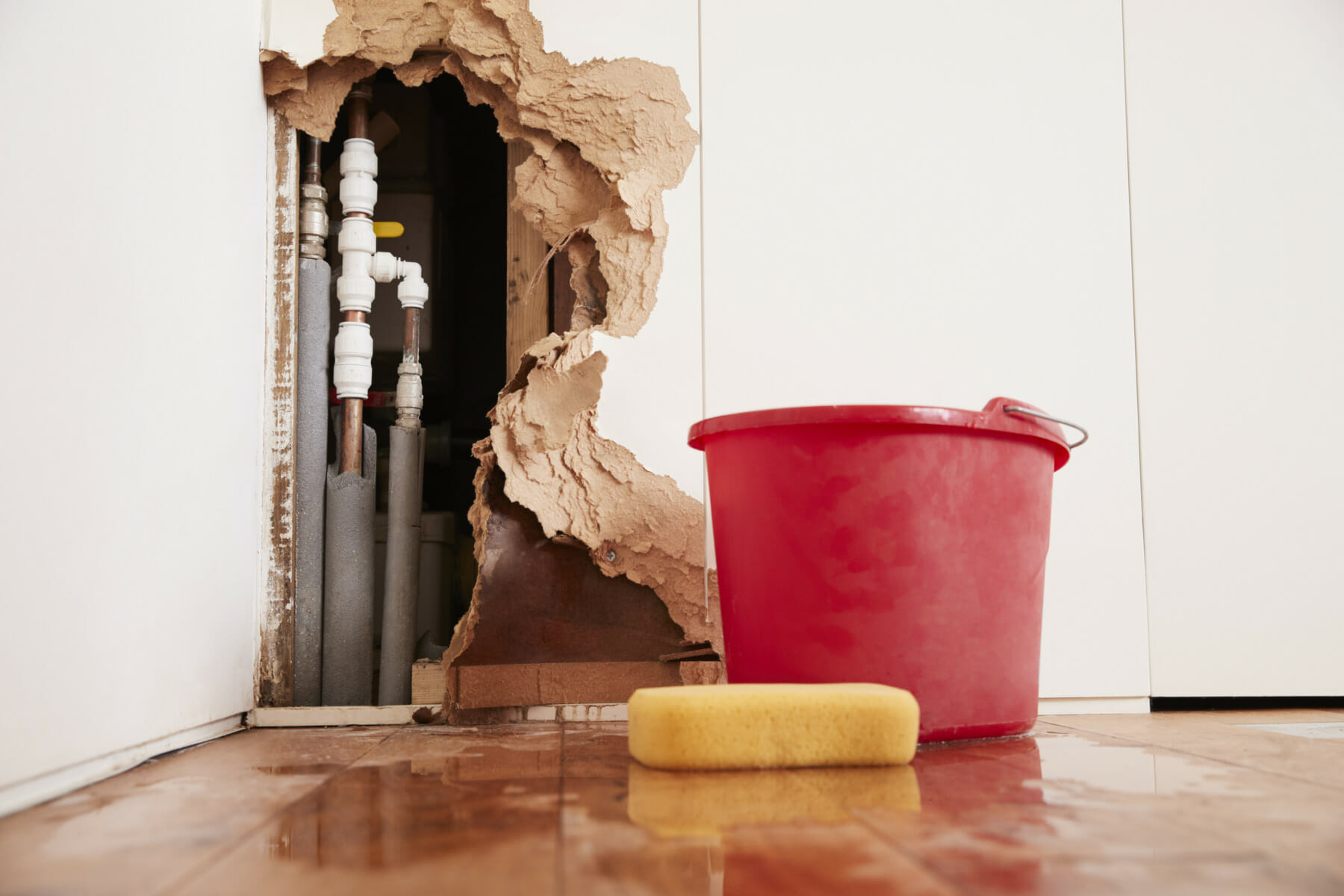There are natural disasters and weather-related risks associated with any area that you choose to live. Much of Utah is dry desert, where arid ground does not easily soak up water during heavy rainfall and sometimes results in Utah flash floods. Flash flooding has been exacerbated in recent years by severe drought and climate change-related weather events that have caused more extreme flooding and more severe damage. Southern Utah, for instance, experienced severe flash flooding last summer in both urban, suburban, and rural areas. The rural town of Hanksville experienced a six-foot wall of water through the town, damaging many businesses and homes.
Sadly, flash flooding can occur anywhere. As residents prepare for another spring and summer when sudden rainstorms occur in a short period of time and can cause flooding — particularly in high-risk areas — it is best to know the facts about flash flooding and be prepared. If water damage from flash floods impacts your business or home, fast restoration is key to mitigating damages.
What You Should Know About Utah Flash Floods

What is a Flash Flood?
According to the National Weather Service, a flash flood is a sudden, powerful flow of water that occurs in a short period of time. Flash floods are most often caused by heavy rains or excessive water over a short time. They are typically characterized by a raging wall of water that can rip through river beds, urban streets, or rocky canyons.
Flood water can also be released by a failed levee or dam or any other sudden release of water, such as from debris or ice jam. Flash floods are powerful and dangerous; they can dislodge rocks and trees and sweep away cars.
How Common Are Flash Floods?
Much of Utah experiences at least one flash flood warning each year. Flash floods are more common during periods of drought followed by extreme weather and can be more problematic in areas that have experienced forest fires in the surrounding hills and mountains.


Where Do Flash Floods Occur?
Flash floods can occur anywhere; fast-flowing water will follow the path of least resistance to the lowest-elevated areas. This makes river beds, canyons, and roadways all areas where flash flooding will likely occur. It is important when anticipating or experiencing a flash flood to seek higher ground.
When Do Flash Floods Occur?
Flash flooding generally occurs between May 1 and October 31 in Utah. The National Weather Service posts updating warnings during this time.


Why Do Flash Floods Occur?
Flash floods occur when an area is exposed to a large amount of water in a short period of time, either from heavy rains, a broken dam, or another water source. Large amounts of water cannot be absorbed immediately into Utah’s dry, silty ground and instead run through areas like an unpredictable, surging river. Flash floods can be worse in areas that have recently been burned by forest fires or have experienced drought. In both cases, the ground has been hardened and the water has no place to go.
Ways a Flash Flood Can Damage Your Home
Flash flooding can cause a destructive path and leave a lot of flood damage, debris, and dirt in its wake. Flash floods sweep through areas quickly, bringing mud, debris, and grime with them. Water damage from flash floods can impact:
- Basements
- Walls
- Exterior walls/structure
- Flooring
- Furniture/Cabinets
- Doors
If you experience water damage from flash floods, quick clean-up is key. The amount of time the water sits on materials determines how much potential damage it will cause. Though floodwaters recede, even an inch of rain that remains can cause significant flood damage, including mold growth.

Finding Hope After You Experience a Flash Flood
Experiencing a flash flood on your property can be a traumatic and overwhelming experience. Here at Bull matrix Restoration, we do our utmost to ease the difficulty by providing friendly, professional, and timely service to you. If you or someone you know recently experienced a flash flood, know that you are not alone. Bull Matrix Restoration offers experienced and efficient flood clean-up in the following counties and cities in Utah:
- Salt Lake County
- Salt Lake City
- Davis County
- Weber County
- Wasatch County
- Tooele County
- Juab County
With state-of-the-art equipment and years of experience, Bull Matrix Restoration stands ready 24/7 to answer any emergency call. We will quickly start clean-up and do not require claims from insurance companies prior to starting work.
Property Damage from Flash Floods? Call Us Now
To ensure a safe, professional, and quick clean-up experience, contact Bull Matrix Restoration today. Rest easy knowing that you are leaving clean-up, and safety, in the hands of experienced professionals.




